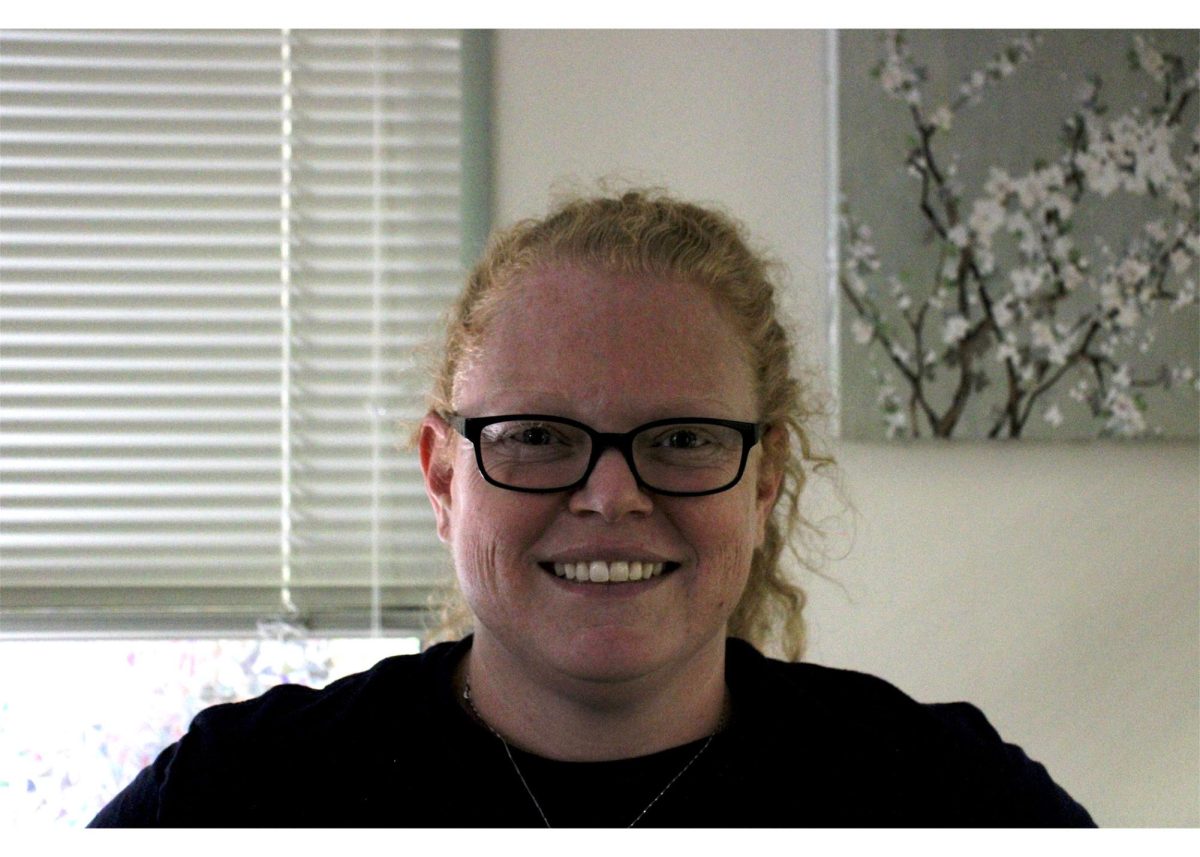Jenson Wants To Rewrite The Ram West Side Story
Principal Jenson is looking to better unite the different sides of Highland
September 23, 2015
Four well-known economists from Harvard and the University of California (Berkeley) named Salt Lake City as one of the best places in the country for upward mobility. Low-income kids who grew up in the region, the researchers found, had some of the greatest chances of moving up the income ladder as they aged.
To maintain its status as a model for the American Dream, Salt Lake City government officials, civic leaders, and leaders from the LDS Church are pursuing various strategies in schools and neighborhoods to try to continue to give lower-income children the best boost up the income ladder.
Highland principal Chris Jenson believes high schools can be a great tool in providing assistance to families categorized as low-income.
Jenson is dedicating his reign at Highland to increasing the school’s outreach to these lower-income areas.
To jumpstart this, Jenson has organized a community discussion to assess Highland’s involvement on the west side.
“Highland doesn’t have much of a presence in the west-side communities, which is a problem because a lot of Highland’s students are from these areas,” Jenson said.
According to the Salt Lake City School District Fall Low Income Report of 2013, almost 43% of the students at Highland were categorized as low-income students. To be categorized as low-income, an average family of four had to make less than $23,500 per year, according to the ASPE. This is about $35,000 less than Utah’s average income of $58,821.
Poor families in the United States are not identified by welfare receipts or unemployment status alone. In fact, in most low-income families, someone works. Data from the National Survey of America’s Families (NSAF) indicate that one in six individuals of working age live in a family that is considered low-income even though at least one member of the household is working. Typically, however, workers find themselves in unfavorable conditions of low-wage employment, and for some, the added stress of discrimination makes it difficult for working families to escape poverty, according to the survey.
For example, one-third of all workers in the United States earn below poverty wages and of these workers, one-third are persistent low-wage earners who are responsible for the bulk of their family’s income
The lack of education keeps individuals from attaining higher paying jobs and increases the likelihood of experiencing poverty at some point during their lifetime, says the NSAF. Of both working and non-working low-income families, the head of the household is likely to lack a high school diploma.
Jenson realizes the importance of a high school education, and is completely dedicated to reaching out to Highland’s west-side communities to help improve student success.
According to a 2013 study by the National Assessment for Educational Progress, poor attendance is detrimental to almost all students; it disproportionately damages students affected by poverty and those from communities of color. The deleterious effects begin early. Students who are chronically absent in kindergarten are more likely to be held-back in third grade; and students who are held-back are 50 percent less likely to graduate from high school.
According to the NAEP report, a primary strategy for addressing excessive absenteeism is to “help schools and community partners to intervene with chronically absent students through community-wide approaches to health and transportation challenges, as well as personalized outreach.”
According to Richard Rothstein of the Economic Policy Institute, asthma is the single largest cause of student absenteeism, and children in low-income homes not only get asthma more frequently and more severely than children in middle and high income home, and they are less able to afford treatment. Further, children affected by poverty are five times more likely than more affluent children to have high lead levels in their blood, have twice as many severe and uncorrected vision problems, and have three times as many untreated cavities. How does a kid with a toothache learn? How often are children in local schools absent because of asthma?
What if parents, educators, and students investigated the effects of such health issues in our schools, and came up with a way to decrease health-related issues and thus increase school attendance and learning?





























